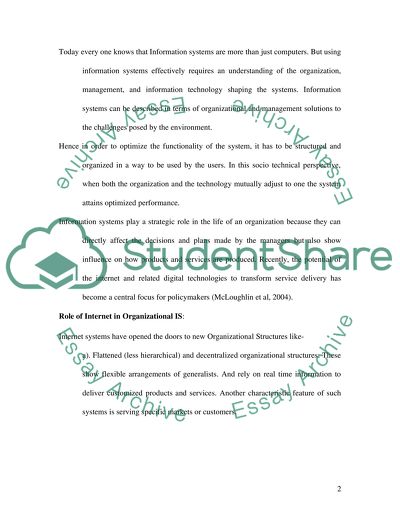Cite this document
(“Role of Information Structure And Innovative Internet Technologies In Case Study”, n.d.)
Role of Information Structure And Innovative Internet Technologies In Case Study. Retrieved from https://studentshare.org/technology/1530469-role-of-information-structure-and-innovative-internet-technologies-in-the-organizational-efficiency-of-dvla
Role of Information Structure And Innovative Internet Technologies In Case Study. Retrieved from https://studentshare.org/technology/1530469-role-of-information-structure-and-innovative-internet-technologies-in-the-organizational-efficiency-of-dvla
(Role of Information Structure And Innovative Internet Technologies In Case Study)
Role of Information Structure And Innovative Internet Technologies In Case Study. https://studentshare.org/technology/1530469-role-of-information-structure-and-innovative-internet-technologies-in-the-organizational-efficiency-of-dvla.
Role of Information Structure And Innovative Internet Technologies In Case Study. https://studentshare.org/technology/1530469-role-of-information-structure-and-innovative-internet-technologies-in-the-organizational-efficiency-of-dvla.
“Role of Information Structure And Innovative Internet Technologies In Case Study”, n.d. https://studentshare.org/technology/1530469-role-of-information-structure-and-innovative-internet-technologies-in-the-organizational-efficiency-of-dvla.


